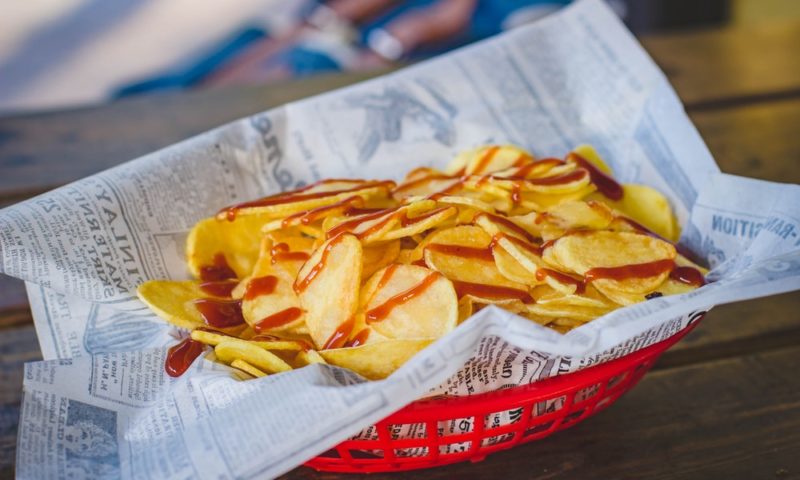If you’ve ever grubbed on pizza, chips or cookies only to feel persistent hunger not too long after, you’ve experienced the effect that empty calories have on the body.
Unfortunately, the typical American diet is full of them. Processed foods are brimming with empty calories and contain high amounts of fat, sugar and salt. Offering little to no nutritional value, they’re quick to contribute to weight gain and keep you craving more.
Empty Calories in Action
Foods that are empty in calories offer no fiber, vitamins or minerals to fuel your body. When they go through processing, almost all nutritional value is stripped and replaced with sugar, salt and fat.
Examples of empty-calorie foods include white bread, soda, chips, candy and fried foods. They may temporarily fill you up, but you’re likely to want more food within an hour or two. This is because you haven’t benefited from your food by digesting:
- Protein with muscle-building and satiety-promoting properties
- Fiber that improves digestion and is satiating
- Vitamins and minerals that protect against diseases and health conditions
Aim for Nutrient-packed Options
If you’re hankering for a snack or preparing a meal, you’re better equipped to stave your appetite by choosing foods with a lot more nutritional value. Nutrient-dense foods make extra calories “worth it.” With little to no processing involved, these foods include:
- Sweet potatoes and spaghetti squash
- Strawberries, apples and watermelon
- Nuts, beans and legumes
- Plain Greek yogurt and some low-fat cheeses
- Brown rice and whole grain bread
In addition to being typically lower in calories, nutrient-dense foods have a ton of vitamins and minerals without the added sugar, fat and salt. For example: one cup of strawberries consists of vitamin C and fiber and only has about 45 calories and six grams of sugar. Comparably, a cup of skittles yields 830 calories and 185 grams of sugar. Talk about a big difference!
Making Informed Food Choices
With empty calorie foods in abundance as part of the typical American diet, making carefully informed food choices is key to better health and a safer weight.
Two strategies in particular will help you consume healthier snacks and meals:
- Preparing food at home in your own kitchen
- Learning to make healthy ingredient swaps
When preparing food yourself, cooking methods are important. Foods which are grilled, baked, steamed, cooked in a saute pan or even air fried are usually healthier as they don’t require fatty oils or grease. Frying with butter or breading on the other hand adds a lot of fat and calories.
When it comes to your favorite dishes and cravings, simple ingredient swaps make a big difference! For example, a hearty plate of pasta can be transformed with whole-grain noodles and homemade sauce. Sour cream on tacos can be replaced with plain Greek yogurt.
Final Thoughts:
Empty calories from processed foods and sugar-sweetened beverages add up quickly! Make it a habit to read nutrition labels and educate yourself on your favorite packaged goods. You should also be mindful of portion sizes and choose nutrient-dense foods or building block ingredients when they’re available. This will promote weight-loss AND provide the fuel you need.






